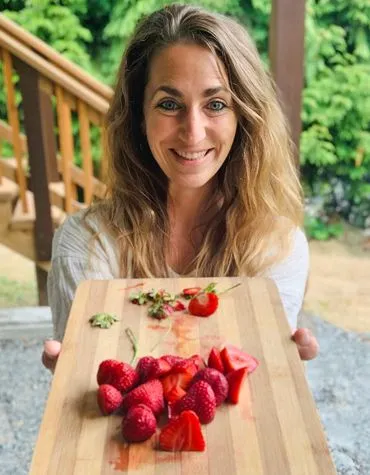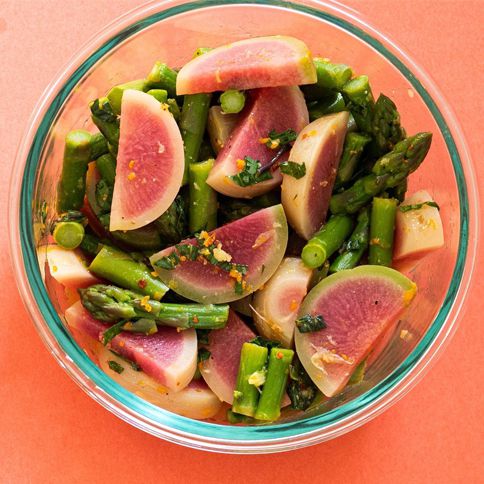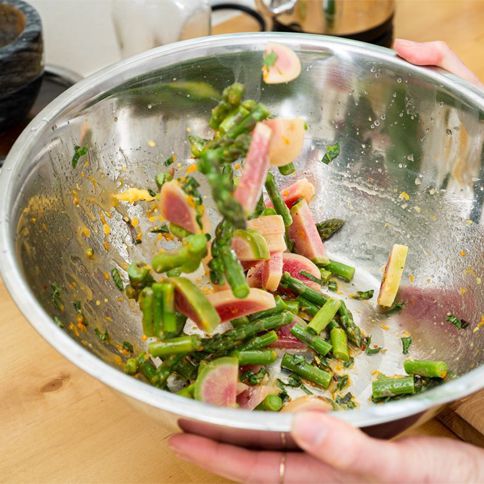Pamela’s 3 favourite Yoga Asanas for a healthy life
Pamela’s 3 favourite Yoga Asanas for a healthy life
Malasana (Garland pose)
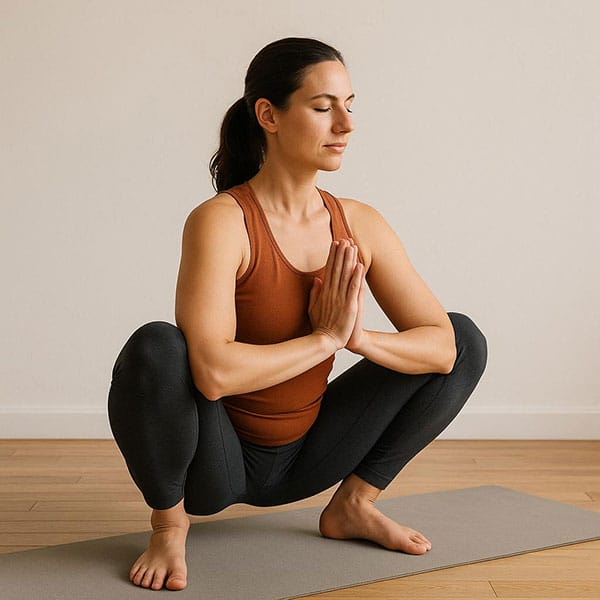
The first asana I recommend you to practice on a daily basis is malasana, a seated squat. Malasana is easiest to come into from standing (tadasana). I truly enjoy this asana as it opens up the hips while challenging the strength of the calf muscles, hamstring and glutes. Due to the fact that malasana is a hip-opener, it promotes digestion while opening and massaging the area of the pelvic floor.
At the same time, we work on a downward energy (apāna vayu), so we also work on our stability in order to get a sense of grounding. I personally love to practice this asana around the days of my period, because I feel it supports the downward movement of my flow. As you might know, both the elimination of stools as that of the blood we lose during menstruation need to have a proper rhythm, quantity and flow for it to be healthy if we look at the Ayurvedic perspective on health. So, if you find you have problems on getting a bowel movement, you will find that sitting on the toilet seat with your legs in malasana will support you greatly since it helps opening up the anal sphincter.
Viparita Karani (Broken or Half Candle pose)
One of the first asanas I learnt was Viparita Karani, and it has benefitted me so much! The best way to get into this pose is to lay down in the fetus position, so on your left or right side with your legs curled up and your glutes against the wall. Then you slowly turn on your back while bringing the soles of the feet against the wall. Then straighten your legs and touch the wall with your heels while letting the legs fall out. Personally, I like to keep a bit of distance between my bum and the wall for extra support in the lower back, especially since I suffer from scoliosis (curved spinal column). Straighten your arms with your palms facing up and keep them not too far from your hips or legs.
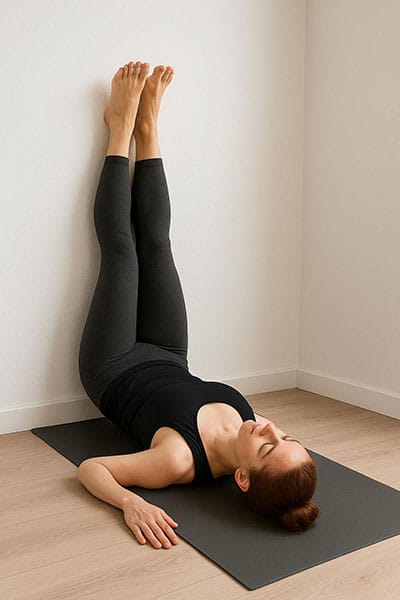
I always recommend you try to loosen up all your muscles (yes, even your jaws and eyebrows!) and imagine you being soaked in by the earth. Viparita is a great way to end your asana practice as an alternative to savasana (corpse pose).
Ardha Matsyendrasana (Half Lord of the Vishes Pose)
As someone with a curved spine, I have to say this asana is one that I really enjoy since it always gives me the feeling of massaging my spine and surrounding areas. At the same time, I find it challenging not to become indulged by it, as I dread backbends (which probably means I need to practice them more, as my teacher would say ;)).

It is important for your glutes to be in contact with the floor at all times in this pose, because when you lose form, you lose the benefits as well. I like to practice ardha matsyendrasana with one leg folded, but if it is easier for you, you can keep the supported leg straight while holding the knee of your other leg (which is bent), twisting and looking over your shoulder.
The hand behind the back firmly presses into the ground, while you keep space between the shoulder and the ear (avoid lifting the shoulder). Remember to keep a long and steady breath and try to find that sweet spot between relaxation, effort and steadiness.
What I like so much about ardha matsyendrasana is that it massages the organs of the digestive tract, supporting purification of the intestines, liver, gallbladder and pancreas. For those of you who are familiar with the doshas according to Ayurveda, it is good to know that although twists are beneficial to all mind-body types, this is an excellent asana for people who suffer from imbalances related to Pitta aggravation.
I hope today’s post has been of help to you. If you would like to learn more about a yogasana practice according to your needs at this moment of your life, feel free to get in touch. We are all unique in the most beautiful ways, and this also means we might need specific support in different areas of our lives.
We believe in collaborative relationship-based care where our Ayurvedic Doctors, Ayurvedic Practitioner, Ayurvedic Supplement Brands, Ayurvedic Nutritionists & Chefs, Yoga, and Meditation Trainers are in sync. Contact the team who passionately works together to hold your hand in this healing journey.

